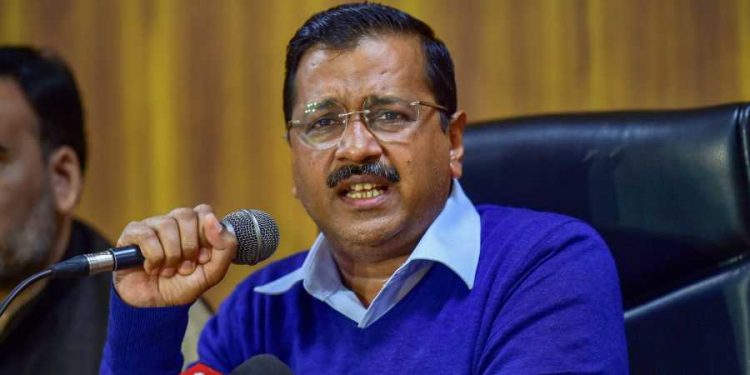New Delhi: Chief Minister and Delhi Jal Board (DJB) Chairman Arvind Kejriwal Monday said he would request the Centre to increase the quota of water allocated for the national capital, which has remained “unchanged” since 1994.
He also said his government would provide 24×7 water supply to every resident of the city by 2024. “Delhi does not have a water source of its own. Its allocation (quota) of Yamuna and Ganga water was decided in 1994,” he said at the foundation stone-laying ceremony for Chandrawal Phase-2 water treatment plant.
“In the last 25 years, the city’s population has increased from 1.25 crore to 2.25 crore, but its water quota remains unchanged, barring what we received through the Munak Canal. We will urge the Centre to increase it,” Kejriwal said.
“Delhi is the national capital and ensuring enough drinking water in the city is a collective responsibility of every government. We are not demanding water for irrigation, we need drinking water,” he said.
At present, Delhi gets its water from the Ganga canal, the western Yamuna canal, the Bhakra canal and the Yamuna river. Besides, the DJB draws 80 million gallons of groundwater per day.
The chief minister also said his government would provide round-the-clock clean drinking water supply to the entire city by 2024. “It’s our mission. In the last four and a half years we have made a lot of progress. By 2024, the government would provide clean drinking water to every house through taps,” he said.
The 105-MGD water treatment plant (WTP) at Chandrawal comes after a gap of 13 years. It will be constructed at a cost of Rs 598 crores in three years. “At present, we are supplying 930 million gallons of water per day (MGD) against the demand of 1,200 MGD,” Kejriwal said.
Chandrawal Phase-2 will have the advanced technology of ozonisation and activated carbon to ensure un-interrupted working of the plant. It will be able to treat high ammonia content up to 4 parts per million (ppm) in the raw water. Earlier, the plant had to be shut down whenever ammonia content increased to 1 ppm, resulting in disruption in water supply in its entire command area.







































